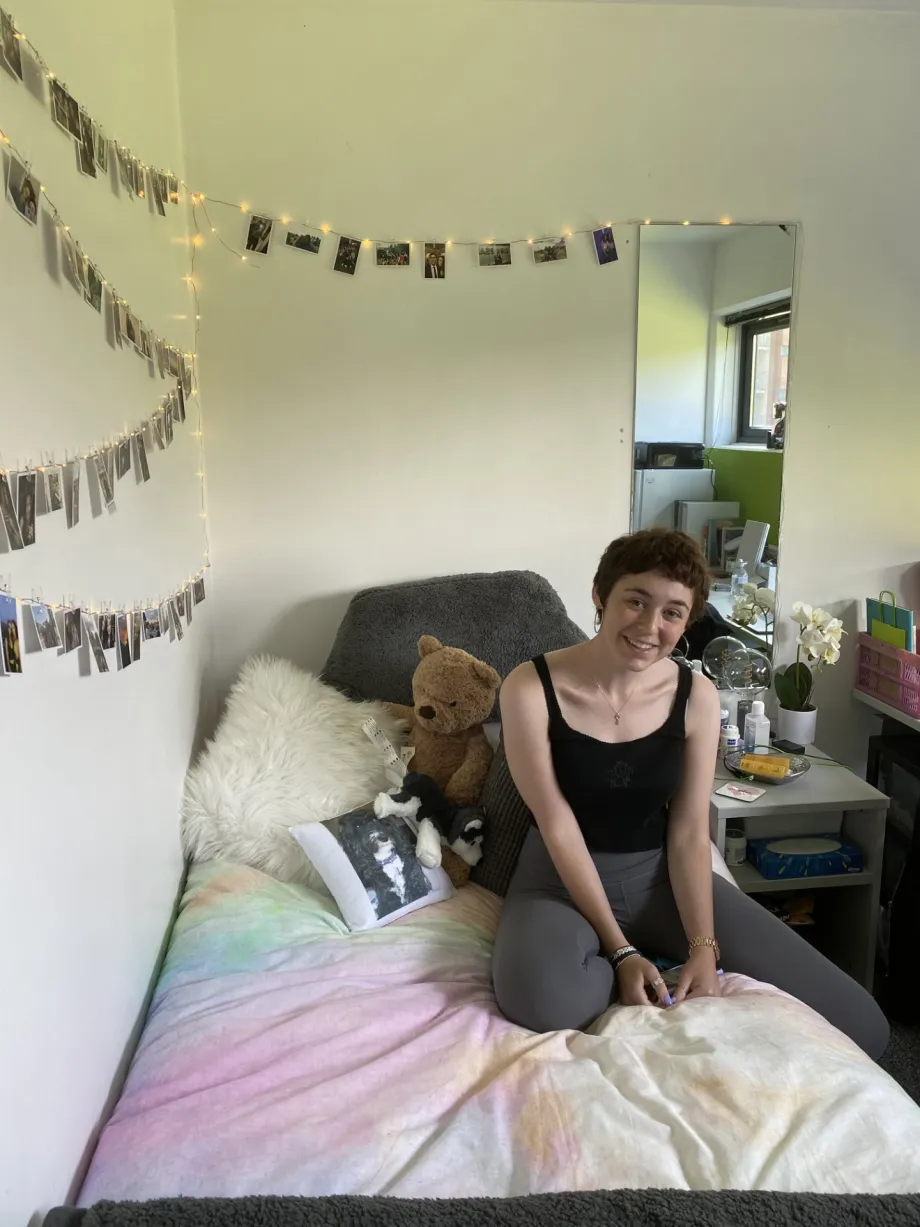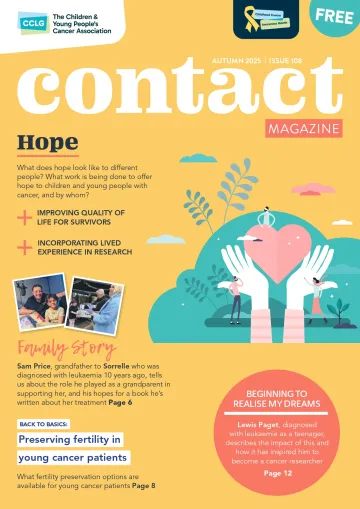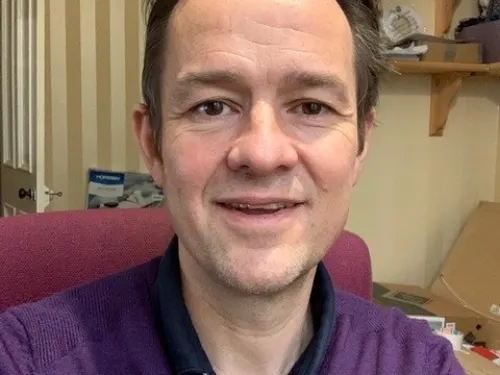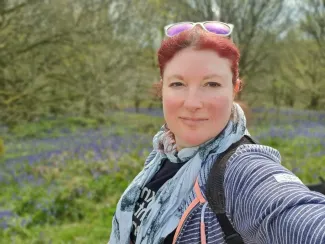Looking back now to when I was diagnosed with cancer, I realise how terrified I was. I was 17 and in my final year of my A-levels and wondering how this would impact my life. However, at the time, I don’t think I fully processed the news and didn’t for a while afterwards, either.

Sophie submitting her university dissertation
Treatment was six rounds of chemotherapy, and three weeks of radiotherapy, over the course of seven months. Aside from the anticipated side effects of vomiting and general fatigue, there was the hair loss. Losing my hair was huge and made me feel hopeless. It was such a prominent sign that I was sick, and, in my eyes, it was the first thing that everyone noticed when they looked at me. On top of this, I also contended with a side effect known as ‘chemo brain’. I can only describe this as a sort of brain fog. All the tools I needed to produce the right thoughts or sentences were there, I just felt like I didn’t really know how to use them anymore.
From the day I was diagnosed to the day that treatment ended, my mind went into a form of autopilot. All I was focused on was first getting through chemotherapy, and then radiotherapy. There was no time for me to feel emotional about it. Whether this was the healthiest way of dealing with what I was going through, I couldn’t say, but it did leave me with a lot of suppressed thoughts and feelings once I was in remission, which all, eventually, came crashing down. A few months after I received the all-clear, I finally had time to process what had happened to me. And, although most of the physical side effects had subsided, the mental ones were very much still present.
Through therapy sessions and simply just time to reflect, I started to become hopeful about my future again. The chemo brain stayed with me for a few years, but the fog did clear, if you’ll pardon the pun. I became hopeful as the further away I got from the period I was ill, the more I was able to see that I was, and still am, so much more than my illness. It was not the only thing people saw when they looked at me. To most people I was just ‘Sophie’, not ‘Sophie who had cancer’. Reflecting on my experience offered me hope, as did support from all those around me, both during and after treatment.
Since being diagnosed, I’ve graduated from university with a degree in Geography, travelled to some incredible places, got a job in consultancy, and have felt like my old self again. However, I still acknowledge and embrace that having cancer has formed a large part of who I am today.
When I was going through treatment, seeing articles like this, showing that there’s hope to get through what’s one of the worst things imaginable for a young person, really helped me. It showed I was not my diagnosis, prognosis, or medical outcome. I was who I’d always been with a few (big) health complications. The journey through having cancer as a young person isn’t a smooth one and certainly doesn’t end as soon as you ring that little bell, but I like to think that the souvenirs I carry from it make me a better and stronger person.

Sophie during treatment
From Contact magazine issue 108 | Autumn 2025





